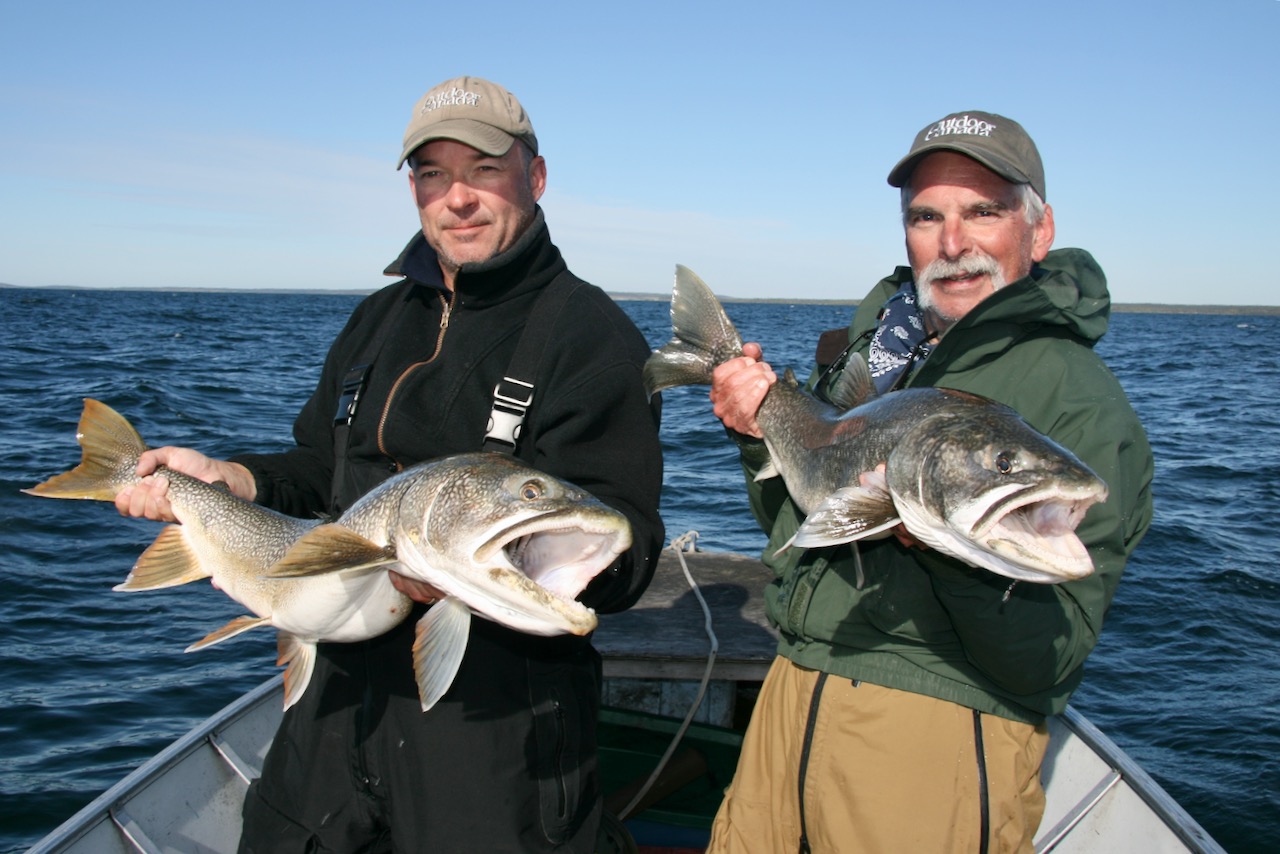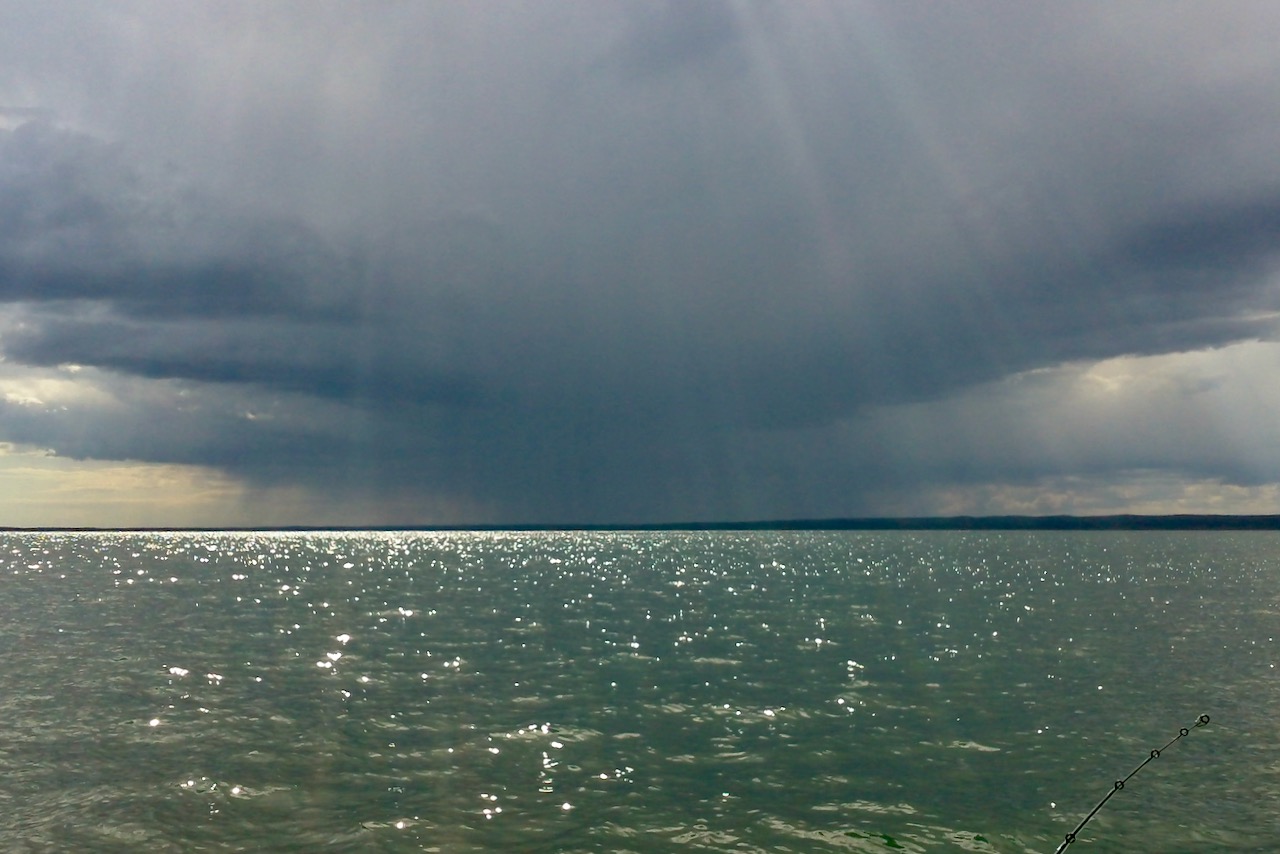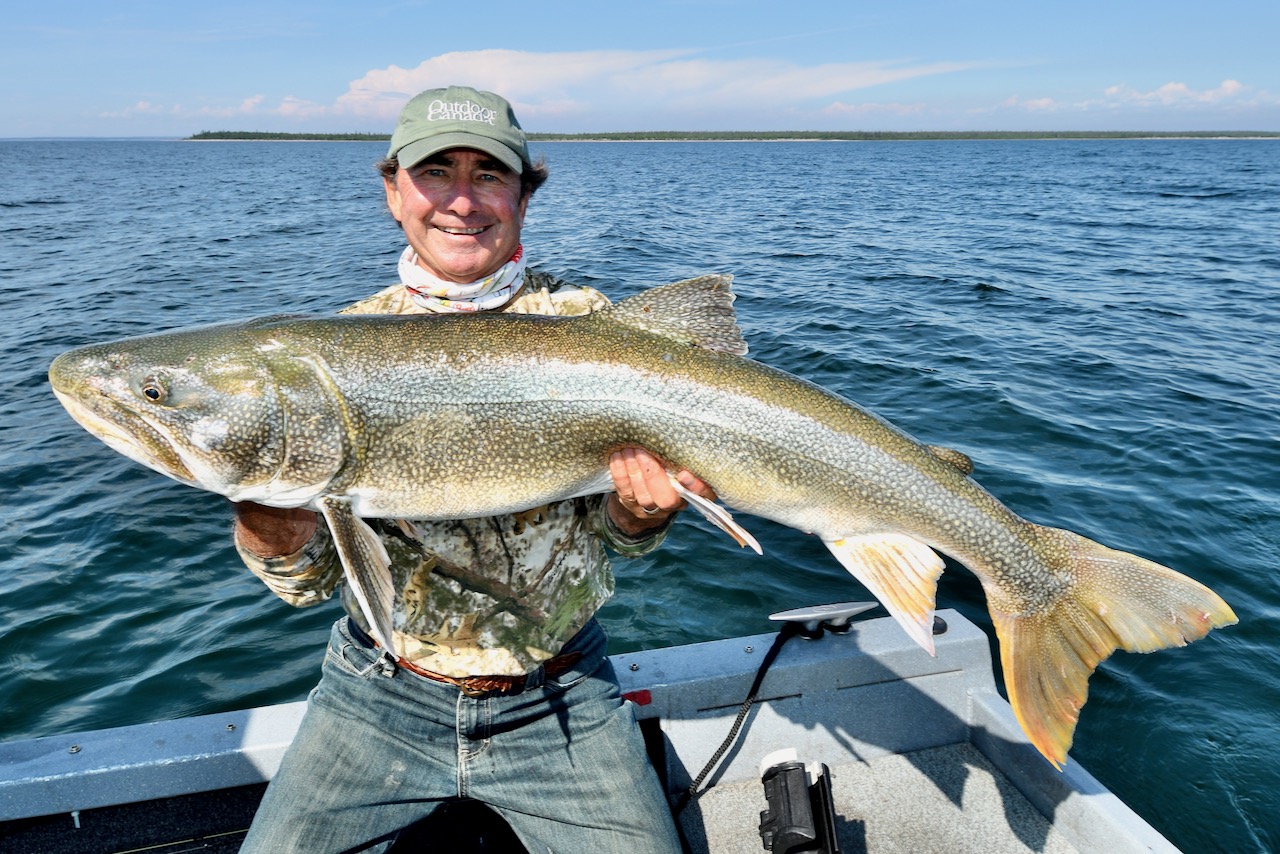THE TACTICAL TROUTER
To commemorate Outdoor Canada’s 50th anniversary, our now-retired fishing editor shares his 50 hottest techniques for tackling trout
Advertisement

#21 When you’re drifting bait in a river, you want it to be the first thing a trout sees. You can accomplish this by staggering splitshot on your leader so they get progressively smaller as they near the end.
#22 My favourite steelhead set up is a 12-inch eight-pound leader connected to my 14-pound main line with a 24-inch 10-pound shot line in-between. I use a small swivel on both ends of the shot line, so if I get snagged, I only lose the leader.
Advertisement
#23 Don’t waste fishing time fumbling around with scissors, pliers and sinkers tying up new leaders and shot lines while you wade a river. Instead, carry a wallet of pre-tied leaders and shot lines in your vest or pack.
#24 White tubes are deadly for vertically jigging up trout, but you can make them even better by dipping the tails in chartreuse dye. And instead of jamming the jig completely inside the tube, leave a hollow space at the end to create a deadly spiral.
#25 Lakers hunt in packs, so if you’re fishing with a friend who hooks one, cast your lure beside it, as if you were bass fishing. I can’t tell you how many times I’ve doubled up doing this, and the second fish is almost always bigger.
Advertisement
#26 Use a thin, streamlined Fixed Loafer-style float when you’re fishing slow-moving, shallow sections of a river. This type of float rides high in the water, making it easy to follow. It also sinks quickly and responds instantly to light-biting fish.

#27 I love fishing for splake, but these laker-brookie hybrids can drive you mad because they retain the genetic traits of both parents. Stay mobile, check multiple habitats and try different presentations. Once you find what’s working, duplicate it.
Advertisement
#28 The same 1/16- to 1/8-ounce marabou jigs and Ned rigs that you use to catch smallmouth bass are just as deadly for lake-dwelling brook trout, rainbows, cutthroat and splake. Finesse jigging for trout is astounding.
#29 Cast out a finesse jig and drop your rod tip as the jig falls to the bottom. Then make two moderately fast rotations of the reel handle, stop, hold your rod still as the jig falls back down, and get ready for a hit.
#30 Environment Canada only issues a handful of thunderstorm warnings each summer, but the longer and hotter the weather persists, the better the fishing builds up. Don’t take chances, but you’ll experience the best trout fishing in advance of the worst storms.

